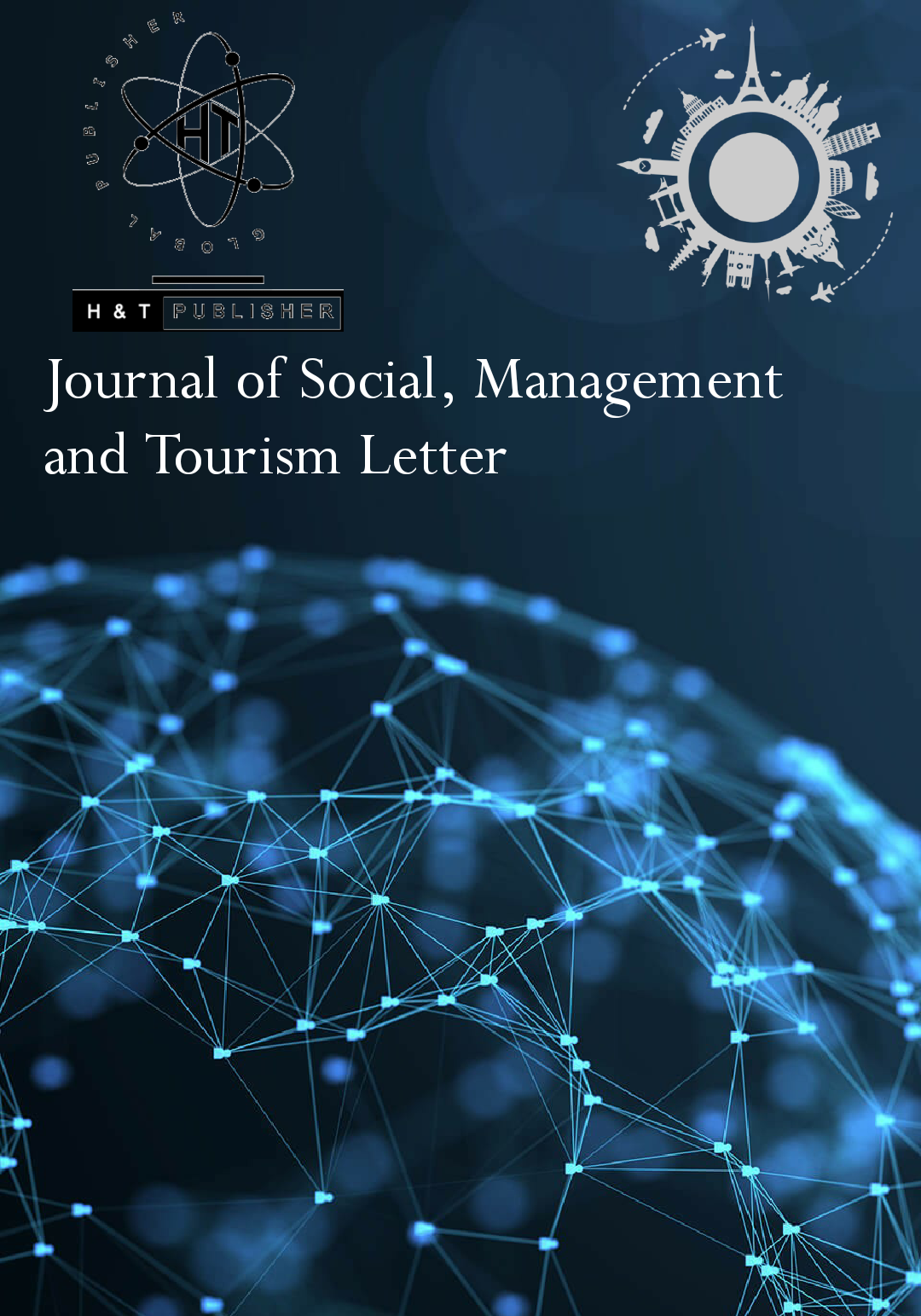


Using the theoretical framework Elaboration Likelihood Model (ELM) this study investigated the effects of visual brand identity elements on perceived healthiness of fast-food among higher education students. Survey data were collected from 120 students across four higher education institutions in Damaturu, Nigeria. Based on the data collected, regression analyses were performed in JASP to test the hypotheses regarding the impact of visual brand identity elements on perceived healthiness of fast-food. The results revealed a significant correlation between visual brand identity and perceived healthiness of fast-food (β = 8.118, t = 11.423, p < 0.001). Specifically, colour scheme (β = -0.312, t = -2.531, p = 0.013), product shape and structure (β = -0.272, t = -2.338, p = 0.021), graphics and imagery (β = -0.284, t = -3.345, p = 0.001), and packaging materials (β = -0.311, t = -2.889, p = 0.005) were negatively related to students’ perceptions of fast-food healthiness. However, logo (β = -0.129, t = -1.528, p = 0.129) and typography (β = -0.123, t = -0.919, p = 0.360) did not show significant effects. These findings highlight the importance of visual brand identity in shaping health perceptions among this student population and offer practical implications for fast-food marketers and brand managers to leverage visual cues to promote healthier perceptions.